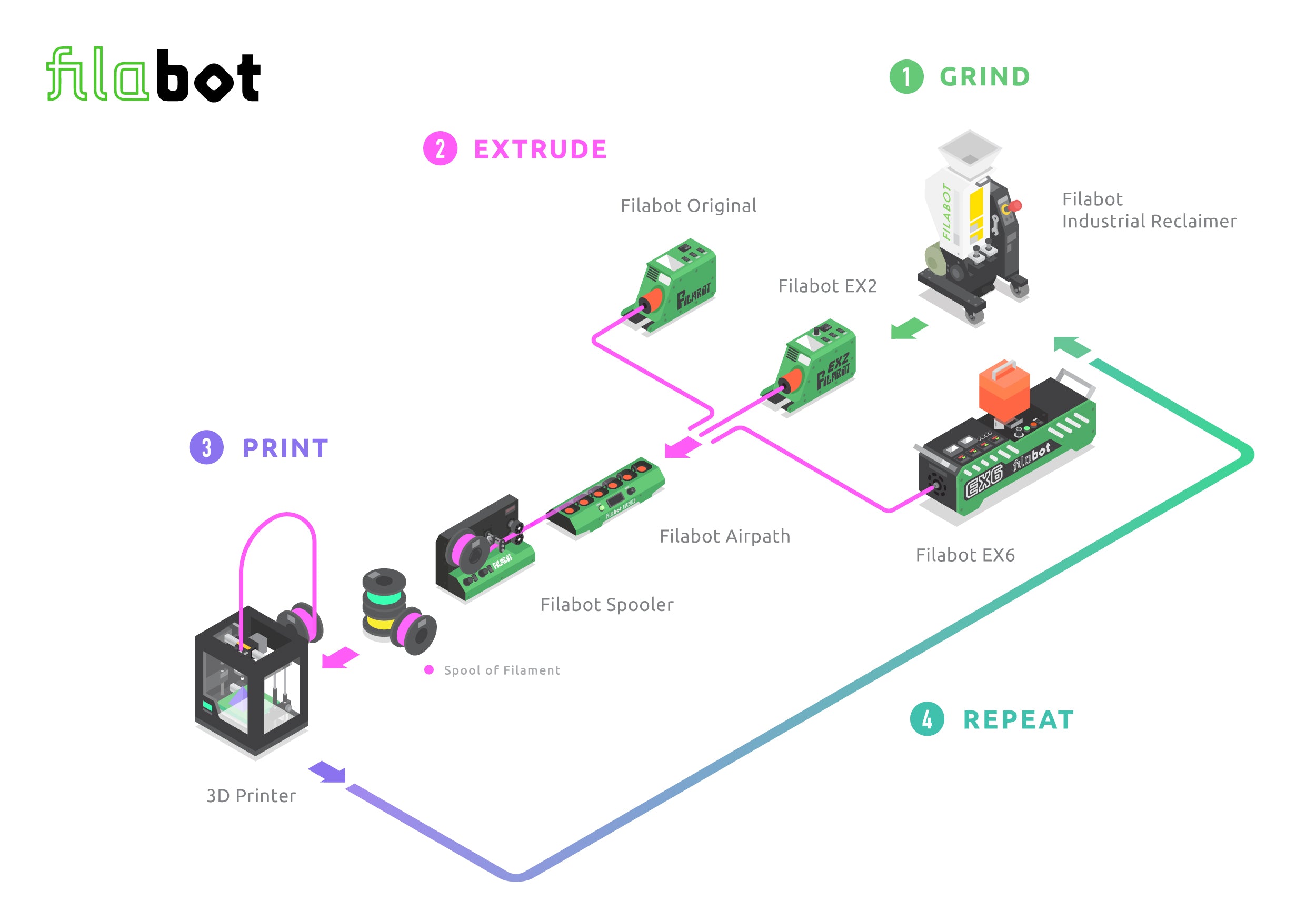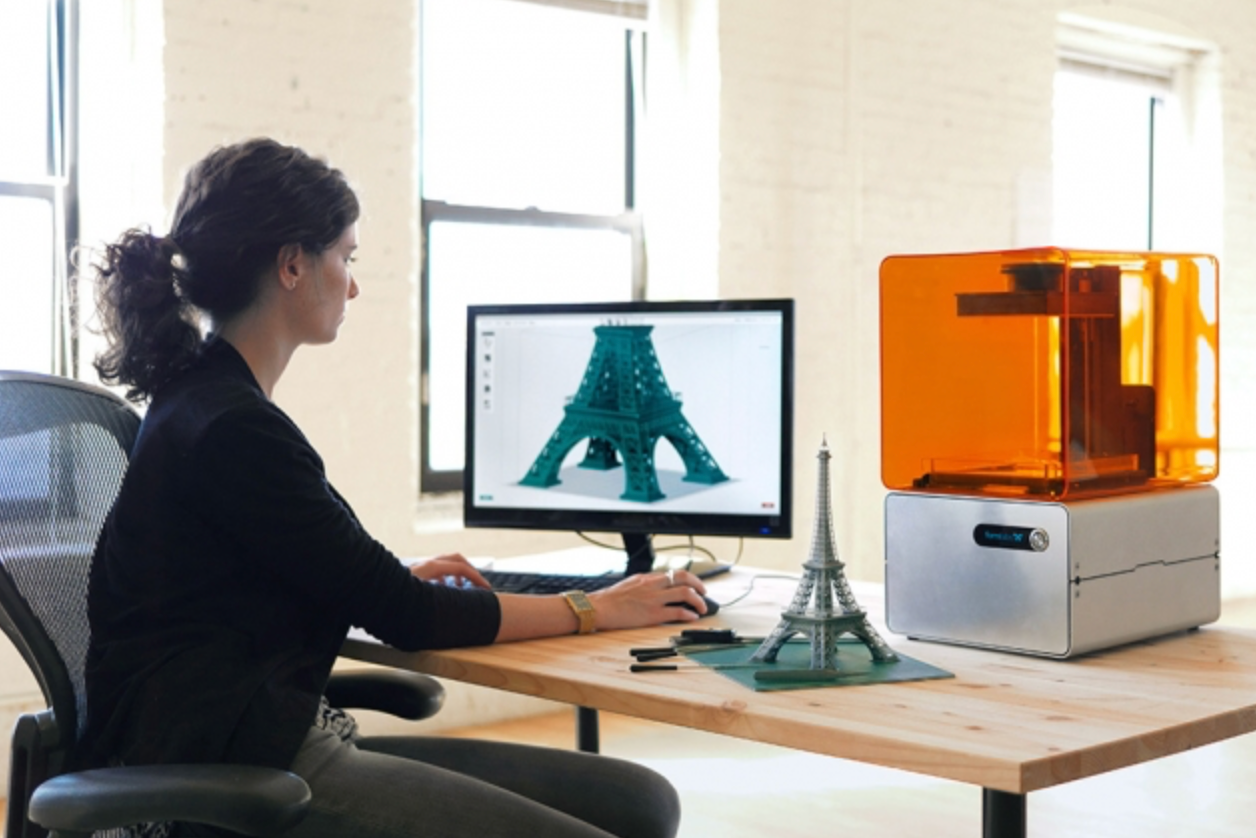The manufacturing industry has been playing around with 3D printing for a long time. While individual 3D printing enthusiasts are interested in creative designs, manufacturers are more interested in bringing down the cost of production. Adidas’s Futurecraft 4D is a shoe that is trying to use 3D printing technology to achieve a balance between design, quality and production cost. So there seems to be genuine excitement surrounding the product.
Adidas’s Mass Production Objectives
Adidas has produced 3D printed shoes before. In 2016, it created the 3D runner. But it wasn’t meant for the mass market. It was a limited release intended to explore the possibilities of the technology.
The Futurecraft 4D is more ambitious in its scope. Adidas plans to mass produce 5,000 pairs as an initial run and then push that number to 100,000 pairs by the end of 2018. Also, the shoes will be sold as premium products. So a pair will cost a lot more than general sneakers.
The Futurecraft 4d shoes use 3D printing to change the geometry of the lattice to create different levels of pressure for the midsole. The top of the shoe is still made with fabric using general manufacturing methods. But the customized sole will make it possible for athletes to get more out of their running shoes. Adidas is using the 3D printing technology of Carbon, a company backed by Google and General Electric.
In traditional mass production, manufacturers use different kinds of foams to optimize the pressure points. But these optimizations are done for groups of people, not for individuals. Due to manufacturing consideration, mass production running shoes have limited scope of customization. There isn’t a way to alter the same sized shoes for various heights and weights. If Futurecraft 4d is a success, it can open up more advanced techniques to customize shoes.
Carbon’s Lattice Innovation
Adidas is using Carbon's proprietary Digital Light Synthesis Technology. The technology uses digital light projection and oxygen permeable optics. For the material, Carbon uses programmable liquid resin.
The precision printing of lattice structures allows Carbon to control the hardness and softness of various midsole areas. Designers are able to play with various designs and achieve the best level of comfort for the athletes. Carbon is helping Adidas achieve:
- Rapid Design: The simplicity of Carbon’s printing process is making it easier to incorporate various lattice structure into the midsole of the shoe.
- Breathable: The printed open-cell structure makes the shoes more breathable and has better thermal properties.
- Cleanability: Foam based shoes are difficult to clean and stay wet for a long time. Carbon’s lattice structures don’t retain water and they are easier to clean.
Conclusion
The success of Adidas’s Futurecraft 4D will determine the kind of 3D printing investments other shoe manufacturers make for mass production. If Adidas can improve the 3D printing process to bring the price point down, it will increase the possibility of consumers embracing 3D printed shoes.
Want to hear more 3D printing news? Please subscribe to our Facebook, Twitter, Instagram or YouTube channel to stay updated on future Filabot articles and announcements.
If you have questions about any aspect of Filabot products, please feel free to contact us. Our experts are ready to answer your questions today.





1 comment
Ritesh Firke
This report focuses on the global 4D Printing status, future forecast, growth opportunity, key market and key players. The study objectives are to present the 4D Printing development in United States, Europe and China.
For More Info : http://bit.ly/2DAt0eY
This report focuses on the global 4D Printing status, future forecast, growth opportunity, key market and key players. The study objectives are to present the 4D Printing development in United States, Europe and China.
For More Info : http://bit.ly/2DAt0eY